Portrait of a Lady
Signed upper right
Pastel on paper
46 x 38 cm
Framed under glass: 57.5 x 50 cm
The vintage frame is not in perfect condition, with some lacks in the molding, but it suits well this pastel for which it was designed.
Guirand de Scévola is particularly renowned for his pastel work, a technique he mastered perfectly and which best suited his distinctive style.
The beauty of pure pigments is particularly striking in this work. They are also remarkably fresh.
In addition to his famous bouquets and genre scenes, Guirand was particularly sought-after as a portrait painter.
He portrayed many socialites. But what's striking here is that he's not far removed from the symbolist art of his early career, the subject of the eternal feminine is here reinterpreted in the Art Deco style that made him so famous.
A contributor, whom I would like to thank here, very recently helped identify the model for this portrait as Jeanne Marguerite Fournials. A painter herself (Gold Medal at the 1937 International Exhibition), she was a student of Guirand de Scévola. He painted her several times, including in a pastel now held in the collections of the National Museum of Modern Art.
Lucien-Victor Guirand de Scévola ( 1871 – 1950) was a French painter.
He was student of Fernand Cormon and Pierre Dupuis at the École des Beaux Arts in Paris.
De Scévola art is remarkable for his silky, velvety and smooth style.
The very first part of his career was marked by symbolism, but he later developped his own language, his Art Deco like bunches of flowers are the best known. He was also a great portraitist for the socialites and aristocrats of the period.
He was involved in several important art movements during his lifetime, and his style evolved to reflect the changing trends in French art during the first half of the 20th century. His work is often described as a fusion of Symbolism, Post-Impressionism, and elements of modernism, though he remained deeply rooted in traditional French artistic practices.
He is also known for his pioneering leadership of the Camoufleurs (the French Camouflage Department) in World War I.


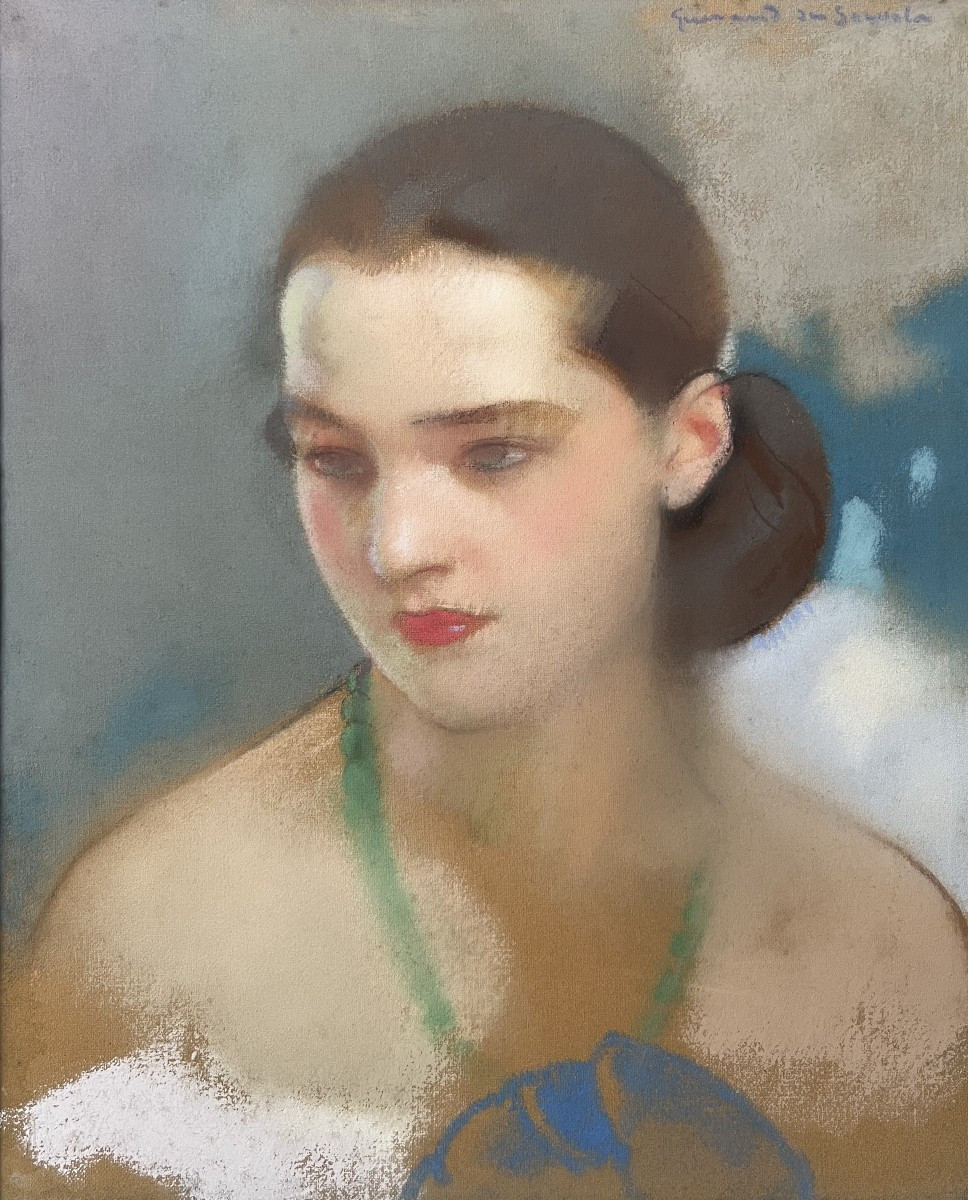
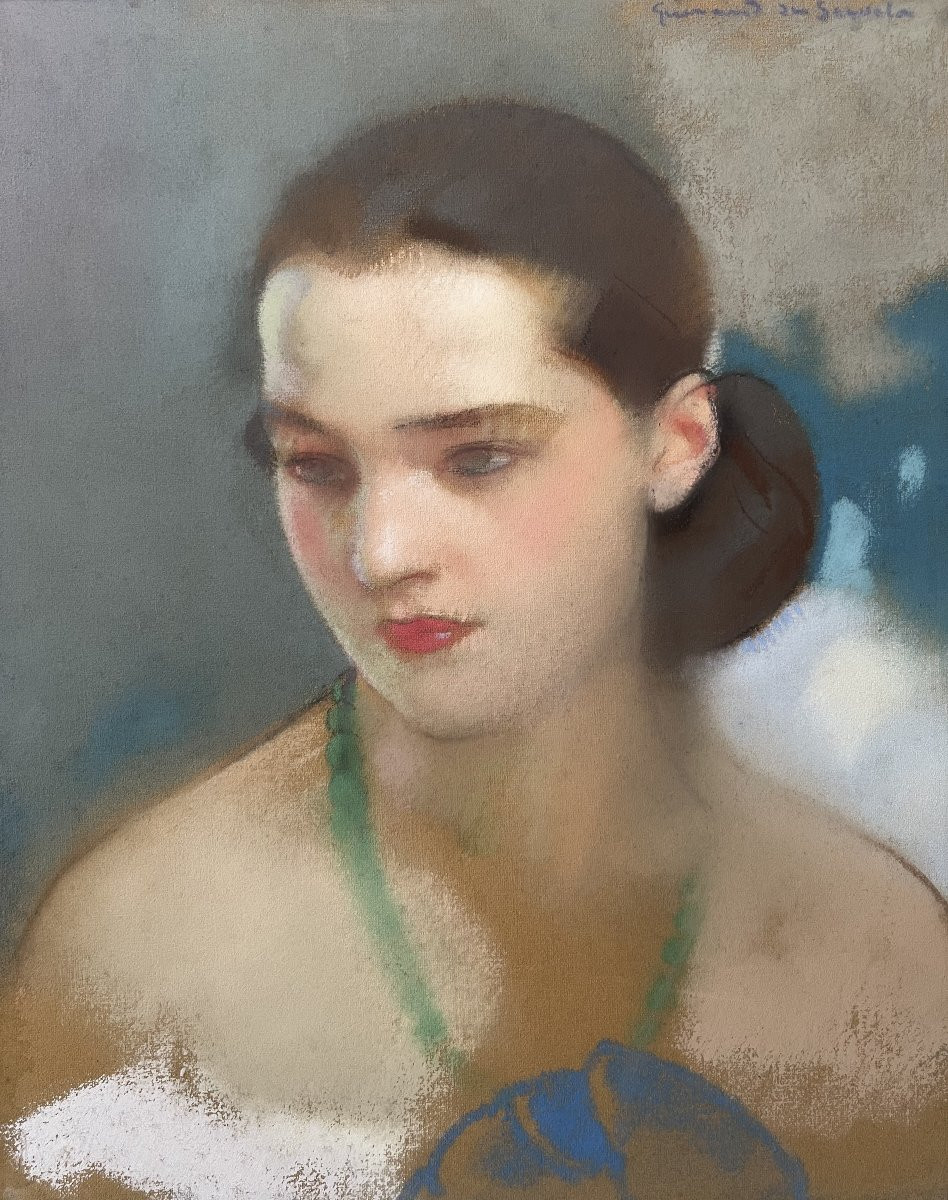
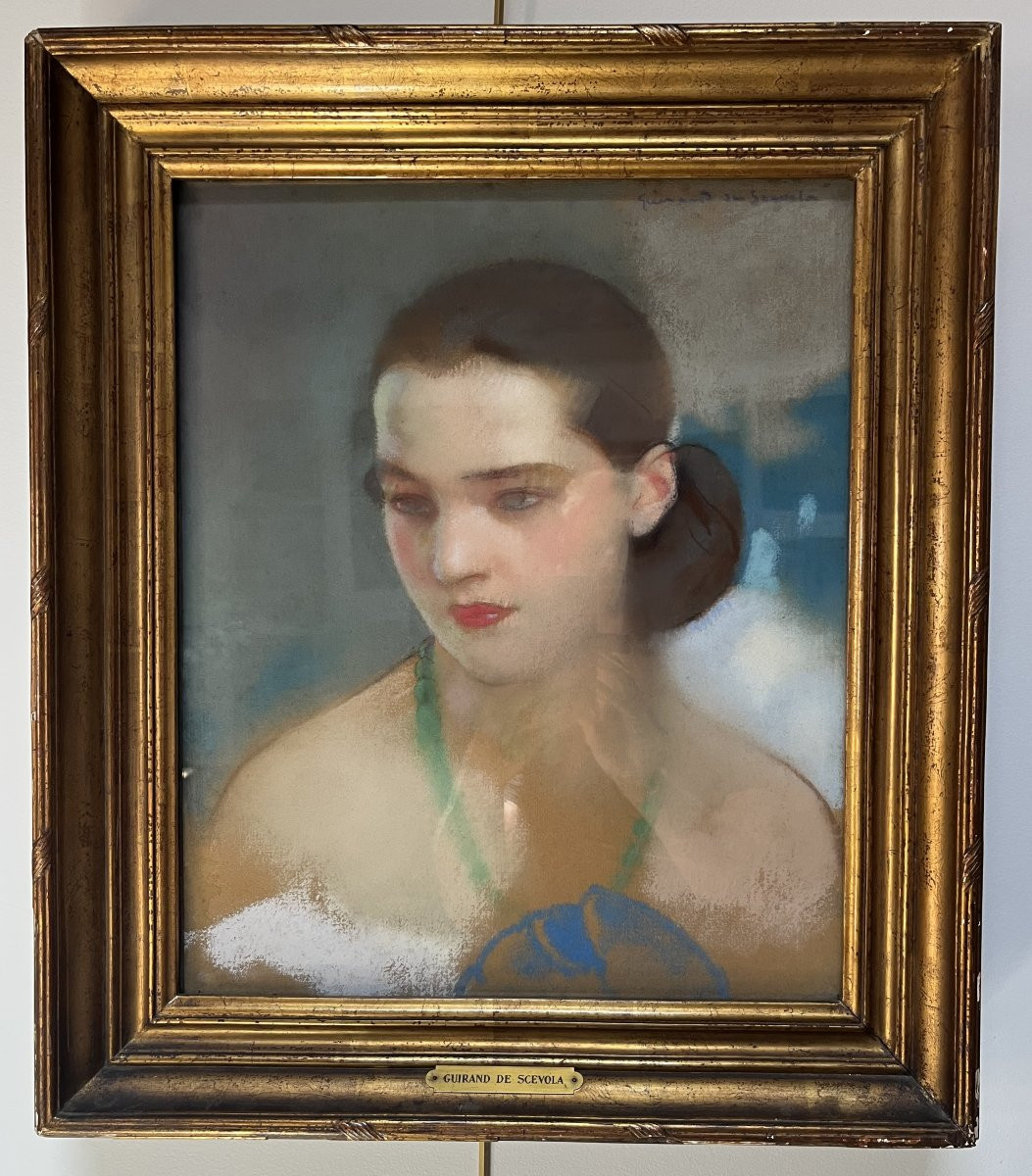


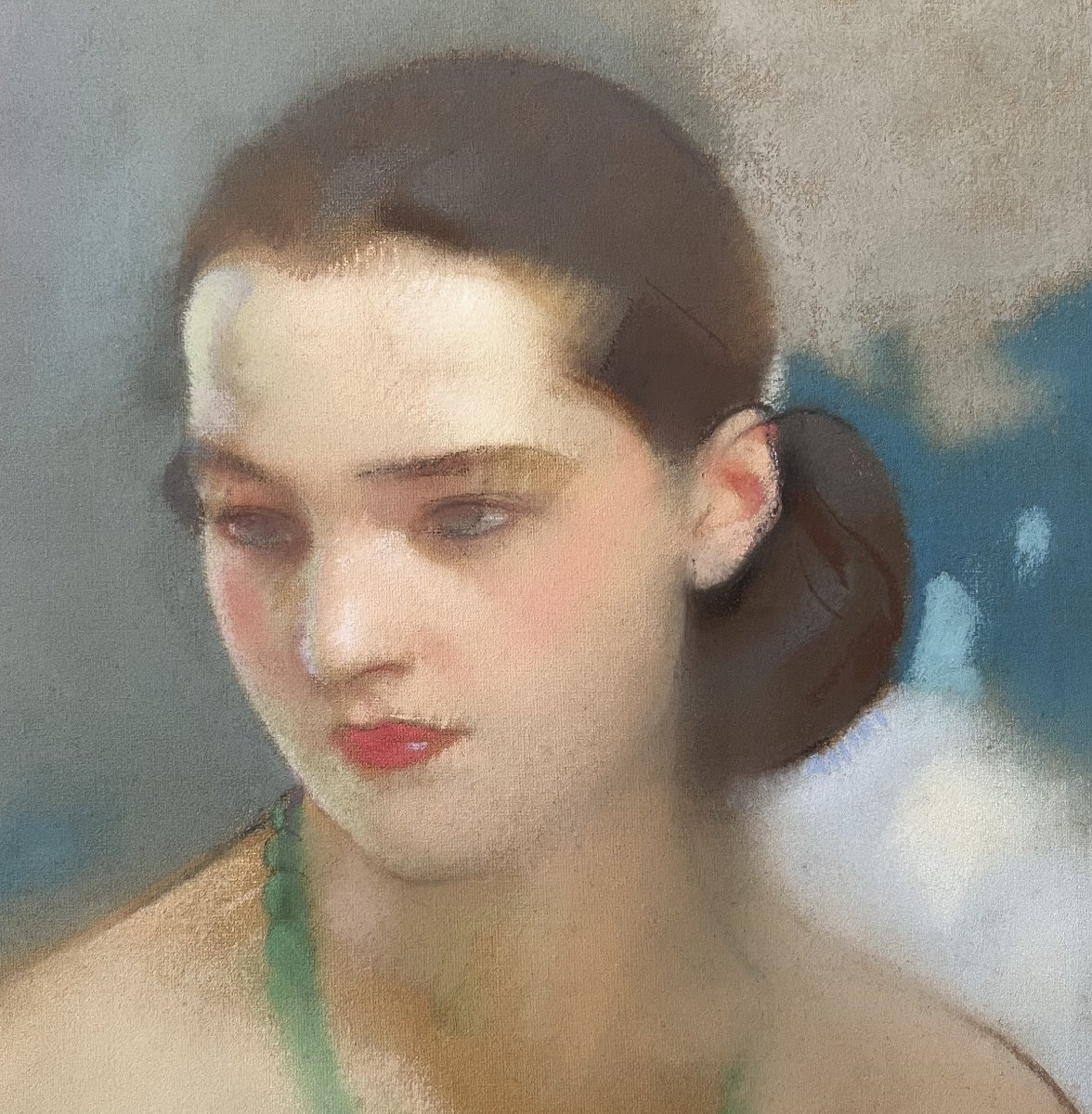
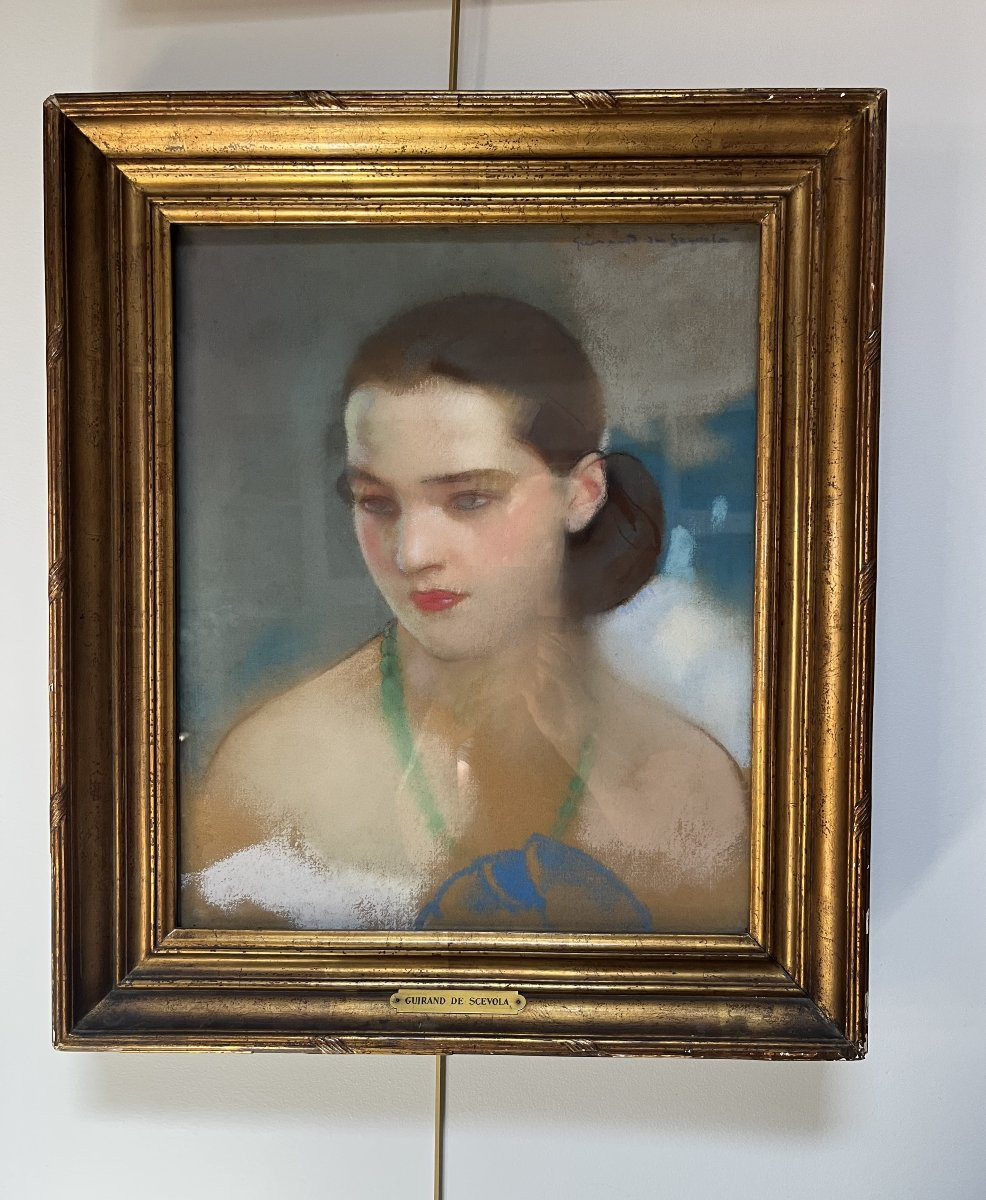













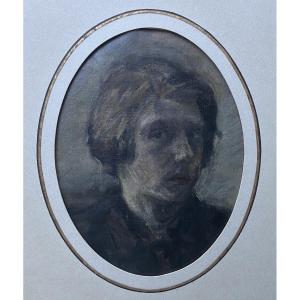

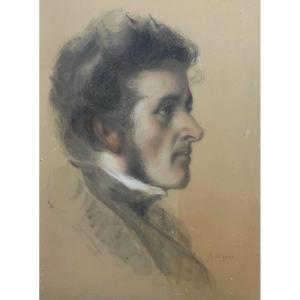




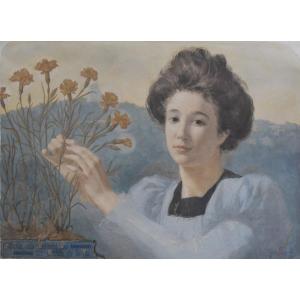
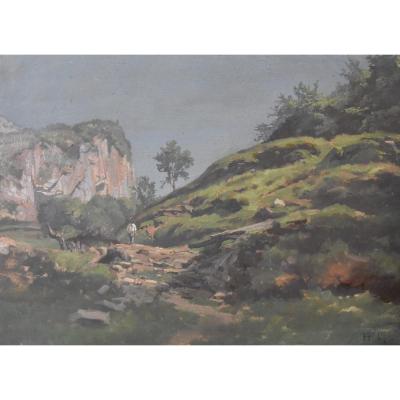
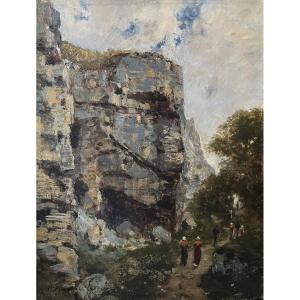


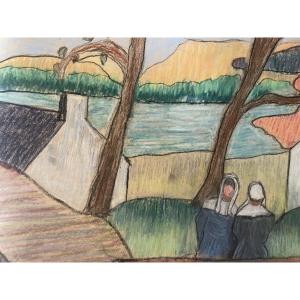






 Le Magazine de PROANTIC
Le Magazine de PROANTIC TRÉSORS Magazine
TRÉSORS Magazine Rivista Artiquariato
Rivista Artiquariato